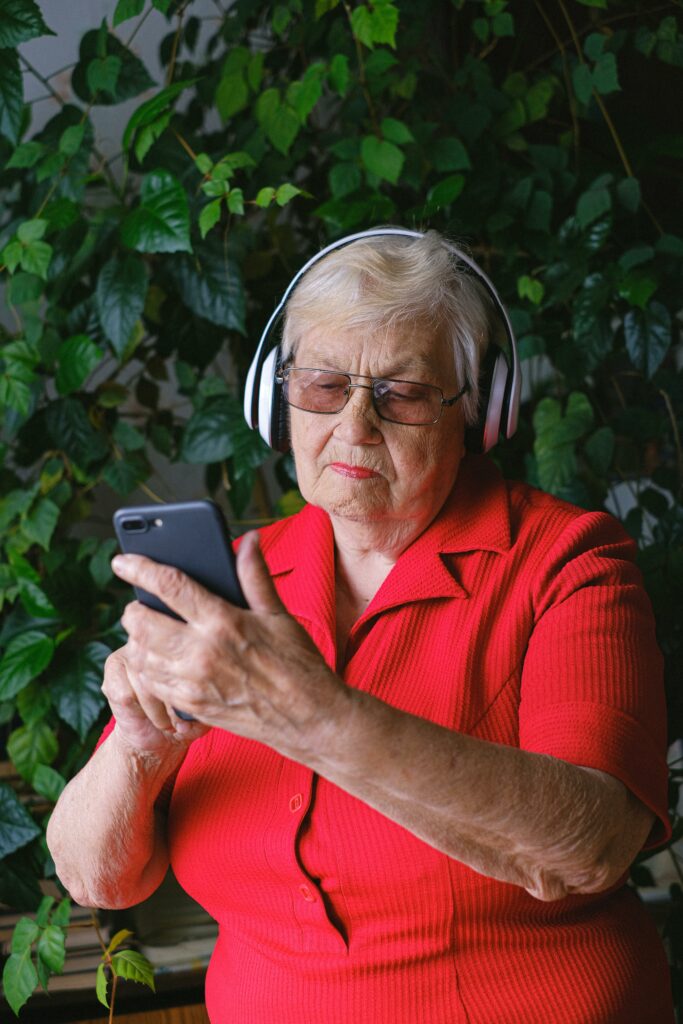Decades of Friendships
Over the years, the way people have chosen friends has evolved, influenced by societal changes, technological advancements, and cultural shifts. Even though some of the ways we have met friends over the decades have stayed the same, things have certainly changed. Yet, no matter how much the world and our behaviors have changed, one thing remains the same: we seek human connection, belonging, and acceptance. Through our friend groups, we can accomplish this, if we choose wisely, of course.
“Coming out of a once-in-a-generation global pandemic, Americans appear more attuned than ever to the importance of friendship. However, despite renewed interest in the topic of friendship in popular culture and the news media, signs suggest that the role of friends in American social life is experiencing a pronounced decline.” – Daniel A. Cox
In this post, we will explore the trends and statistics behind how people have chosen friends throughout the decades, highlighting the factors that have shaped these choices.

1950s
The Era of Geographic Proximity: In the 1950s, people primarily formed friendships based on proximity. With limited means of communication and transportation, individuals often developed friendships with those who lived in close proximity to them. Neighborhoods and local communities played a significant role in fostering social connections during this decade. This was a time when people married their high school sweethearts, stayed friends with their best elementary school peers, worked in town, and knew everyone they went to church with on Sundays. Sunday dinners and community were important.
1960s
Shared Interests and Activism: The 1960s witnessed a shift towards forming friendships based on shared interests and values. This was the era of social and political activism, where individuals bonded over common causes such as civil rights, anti-war movements, and environmental activism. Shared passions and ideologies became crucial factors in choosing friends.
1970s
The Rise of Subcultures: The 1970s saw the emergence of various subcultures, such as hippies, punks, and disco enthusiasts. These subcultures provided individuals with a sense of belonging and identity, leading to friendships based on shared fashion, music, and lifestyle choices. People sought out friends who aligned with their preferred subculture. This was a time when you were in a category based on your interests, the way you dressed, and your chosen lifestyle.
1980s
School and Workplace Connections: In the 1980s, educational institutions and workplaces became significant sources for forming friendships. School and college friendships played a crucial role in shaping social circles, while colleagues at work became important companions. The shared experiences and common goals within these environments fostered lasting friendships.
1990s
Shared Hobbies and Pop Culture: The 1990s witnessed a rise in friendships formed around shared hobbies and interests. From sports enthusiasts to music lovers, individuals bonded over activities such as gaming, attending concerts, and participating in recreational clubs. Pop culture, including movies, TV shows, and music, also played a significant role in connecting people. This was a time when you had TGIF family-friendly shows, the best movies playing in the theater, MTV playing the hottest hits, malls to meet up at, and family or friend board game nights with pizza. Friendship was everything.

2000s
Online Connections: The 2000s marked the advent of social media and online platforms, revolutionizing the way people formed friendships. Online communities, forums, and social networking sites allowed individuals to connect with like-minded people from around the world. Friendships transcended geographical boundaries, with shared online interests becoming the foundation for connections.
2010s-On
Diversity and Inclusivity: In the 2010s, diversity and inclusivity became important factors in choosing friends. People sought out friendships that embraced different backgrounds, cultures, and perspectives. The focus shifted towards building diverse social networks that fostered learning, empathy, and understanding. For the first time ever, people were not limited geographically; there were fewer restraints, and people could be a part of any group they chose, with endless opportunities and tools available.
Sometimes when people say, “I try to make friends, but no one is interested,” they actually mean that they go about their lives, don’t talk to anyone, and wait for everyone else to make the first move. If no one does, they take it to mean that no one likes them. Every so often, a friendly person will take all the initiative to get to know you, but you can’t really count on it. – Chris MacLeod MSW
The way people choose friends has evolved and changed significantly over the decades, reflecting the changing dynamics of society. From proximity-based friendships to online connections, the factors influencing these choices have shifted throughout the decades. As we move forward, it is fascinating to observe how future generations will continue to shape the landscape of friendship, guided by the ever-evolving world around us. Personally, I think we should take a piece of each era and pass on these friend-making strategies to the next generation.
